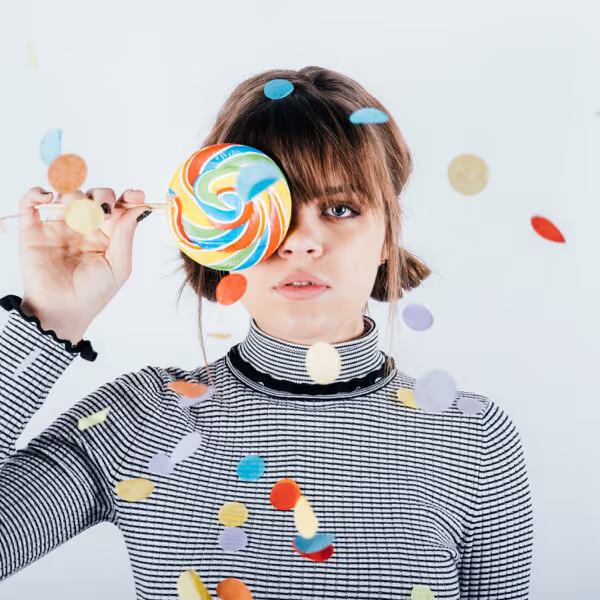he role of colour in marketing is far more than just aesthetic appeal; it's a potent tool that impacts consumer behaviour at a psychological level. Colour not only grabs attention but also evokes specific moods, feelings, and even actions. In this article, we'll delve into the science behind colour psychology, how it influences consumer behaviour, and practical ways to leverage this knowledge for more effective marketing.
The Psychological Impact of Colours
The Isolation Effect
One of the earliest theories related to colour in marketing is the Isolation Effect, which posits that an item that "stands out like a sore thumb" is more likely to be remembered. A classic study led by Hedwig von Restorff demonstrated that when participants were presented with a list of similarly coloured items, the one that was coloured differently was more likely to be recalled. In a marketing context, this could mean utilising contrasting colours to make your call-to-action buttons or special offers more noticeable and memorable.
Emotional Associations
Different colours evoke different emotions and attitudes. For instance, red is often associated with passion, excitement, and urgency, which is why it's frequently used in clearance sales. Blue, on the other hand, evokes a sense of trust and reliability, making it a common choice in industries like banking and healthcare.
Real-World Applications
Website Colour Schemes
According to research by the Pantone Color Institute, 62-90% of a consumer's initial assessment of a product is based on colour alone. Selecting the right colour scheme for your website can therefore significantly influence the user's perception and interaction with your brand.
Product Packaging
The same principle applies to product packaging. A study published in the journal "Management Decision" found that consumers make up their mind within 90 seconds of their initial interaction with a product or a website. In those crucial moments, the colour of the packaging or website can play a pivotal role.
Practical Tips
- Understand Your Audience: Different cultures perceive colours differently. What may be considered attractive in one culture may have a different connotation in another.
- Test and Iterate: A/B testing can be invaluable for understanding how colour impacts customer behaviour specific to your brand.
- Coherence: While it's important to use colour to stand out, make sure it aligns with your overall brand message and aesthetic for a coherent brand image.
Understanding the psychology of colour is an essential aspect of marketing strategy. From the Isolation Effect to emotional associations, the science is clear: colour impacts behaviour in significant ways. By taking a research-backed approach to colour selection in everything from your website design to your product packaging, you can influence audience perceptions, improve brand recall, and ultimately, drive sales.
By grounding your marketing initiatives in well-researched psychological principles, you not only capture attention but also foster trust and loyalty among your consumers. So, the next time you're considering a rebrand or a new marketing campaign, don't forget to add a splash of psychology to your palette with the help of LimeHub's design team!

.avif)
%20(3).avif)










